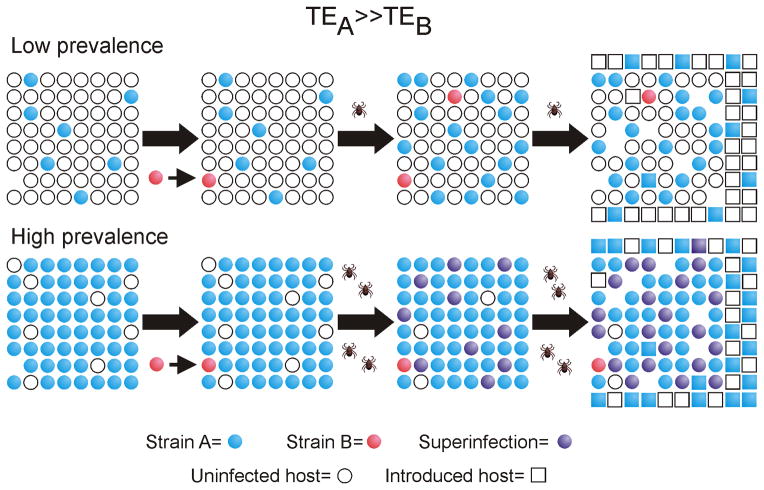Figure 4. A. marginale strain superinfection is favored under the selective pressure of high population immunity.
Circles indicate the existing animal population at To: white represent uninfected and immunologically naïve hosts; blue represents hosts carrying strain A; orange, strain B; and purple represents hosts superinfected with strains A and B. Squares represent individual hosts introduced to the population by birth or immigration. The intrinsic transmission fitness is greater for strain A than strain B (TEA ≫ TEB). Under conditions of low prevalence of infection (and hence low population immunity), strain A predominates. Following introduction of strain B, its transmission is at a strong disadvantage and there is minimal selective pressure for strain B superinfection. Consequently, strain A predominance is maintained over time. Under conditions of high prevalence of infection (and high population immunity), strain A is predominant but there is strong selective pressure for strain B superinfection. Strain A transmission is favored for newly introduced naïve hosts and thus remains predominant but accompanied by prevalent superinfection. Figure and legend from ref. 54 with permission.

